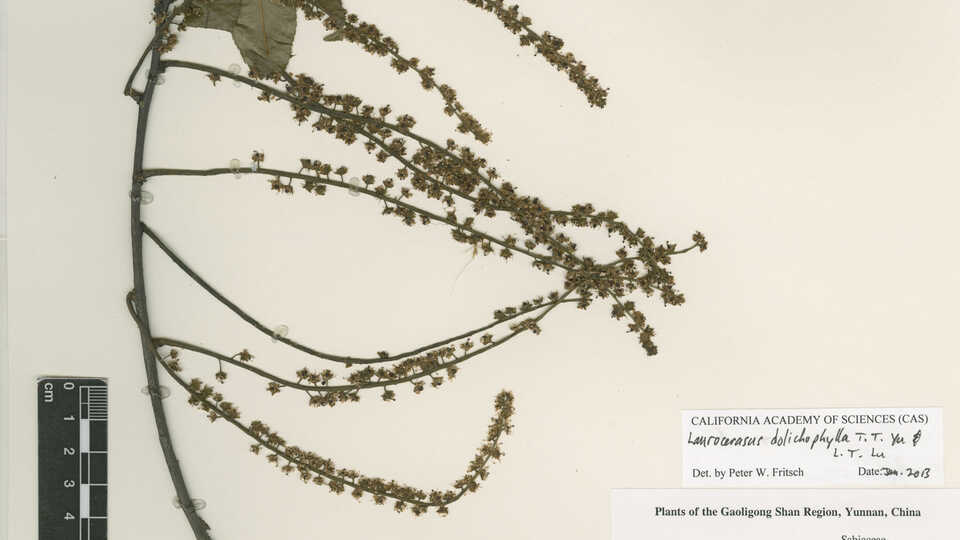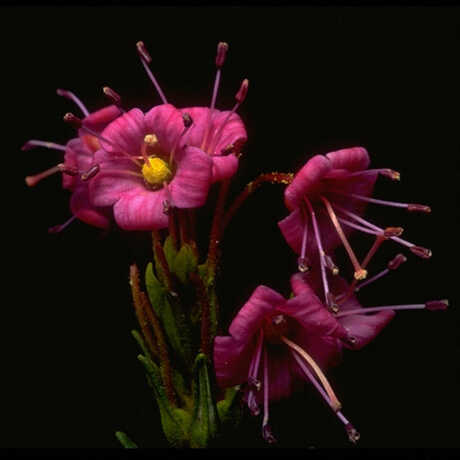Learn more about our department's century and a half of scientific history.
The Botany collection is available for study by qualified researchers, Botany students and professionals in the field by appointment only. To determine if our collection contains specimens from your taxonomic group, or which might prove useful to your research, please visit our online collection database which is searchable by taxon, collector, geography and other selected criteria.
If you would like to arrange a visit to view specific specimens/groups, please contact the Botany Collection Manager (details on main page) via email and include a brief research proposal and list of the specimens you would like to see. For students, also include a letter of support from a faculty member.

